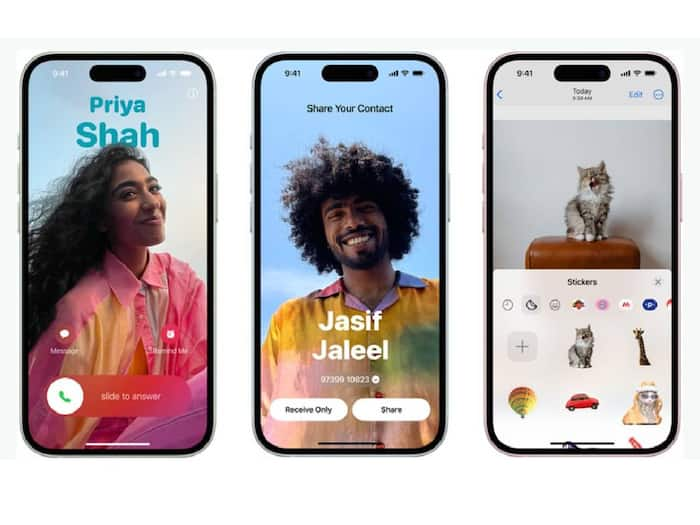
Written By Deepti Ratnam
Published By: Deepti Ratnam | Published: Aug 28, 2024, 10:43 AM (IST)

Apple is known for offering some of the best user privacy and data security options to iPhone users. One of the best features that the tech giant introduced in this regard is the “self-destruct” mechanism. The feature was designed in order to keep your iPhone data safe if it falls into the wrong hands. It erases all data from your iPhone after a certain number of failed password attempt. The self detruct feature ensures that your sensitive data is not compromised.
If your iPhone is stolen and someone tries to enter the wrong password, then the self-destruct feature will be triggered by failed attempts to unlock the device. This means after six unsuccessful attempts, your device will impose a time delay before the next attempt can be made. Additionally, if someone enters the wrong password ten times in a row, the self-destruct feature will automatically erase all data stored on your iPhone. And the posiive thing is that the process is irreversible, deleting all the photos, apps, contacts, and several other personal data.
STEP1: At first, open the Settings option your iPhone
STEP2: If your iPhone has a Home button, then select Touch ID & Passcode from the settings menu.
STEP3: If your iPhone supports FaceID, select Face ID & Passcode from the menu instead.
SEP4: Now enter your iPhone password to continue.
STEP5: You will see ‘Erase Data’ option at the bottom of the menu
STEP6: Select the feature on.
STEP7: The feature toggle will turn from gray to green.
STEP8: To turn the feature off, navigate back to the menu and tap the Erase Data toggle again.
The self destruct feature is useful for individuals who store sensitive data on their iPhones, for eg: business proposals, journalists, or anyone who is majorly concerned about unauthorized access to their data.